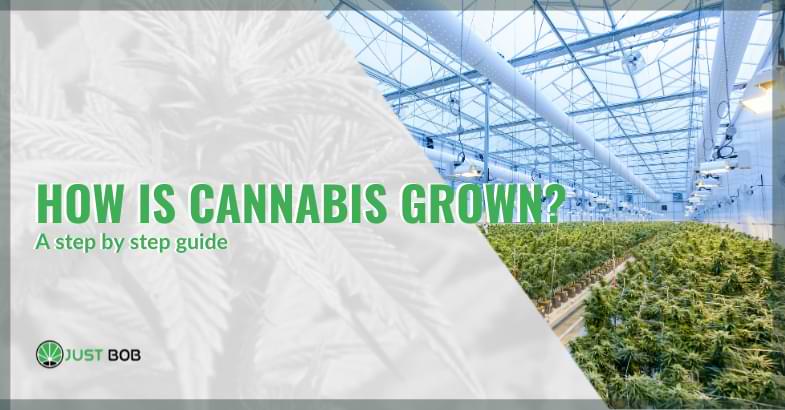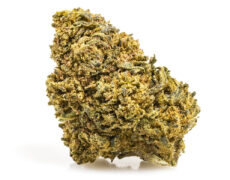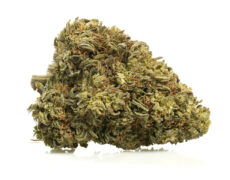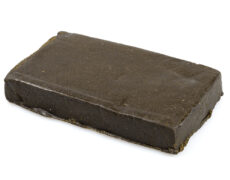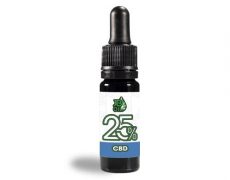Published on: 09/11/2023
Everything you need to know about cannabis growth
Cannabis cultivation has become an increasingly important topic in the agricultural world and among gardening enthusiasts. According to recent statistics, the demand for legal cannabis varieties is steadily increasing, and many are interested in learning how to grow it properly and legally.
In this article, we will explore the different soil types that are ideal for cultivation, the optimal temperatures and the challenges to be faced both indoors and outdoors.
If you are curious about how to achieve a high quality cannabis cultivation, read on!
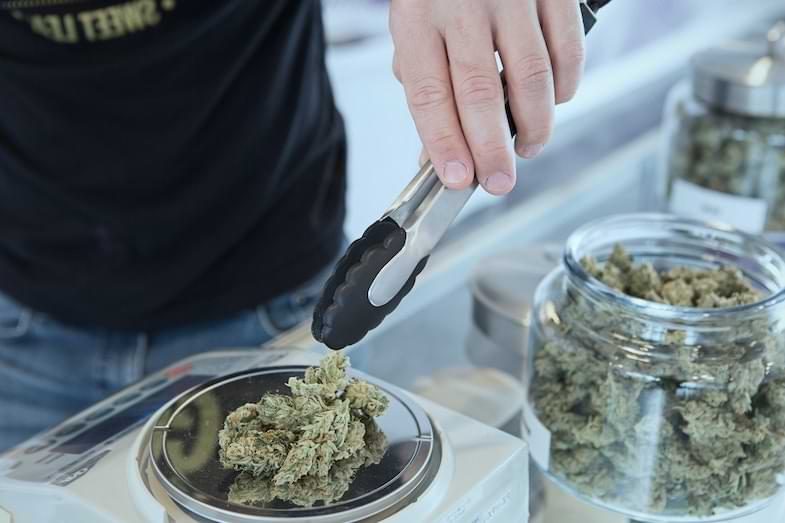

The soil for cannabis
Cannabis belongs to the Cannabaceae family and the most well-known marijuana is obtained from it. Currently, the legal varieties of marijuana cultivated are Sativa and Indica. The former has a lower THC percentage than the Indica variety; in fact, Sativa cannabis reaches a percentage of 5%, while Indica can reach 25%. This implies that cultivating the Sativa variety tends to favour the ‘medicinal’ effect while choosing the Indica variety favours the psychotropic effect and thus psychic alteration.
For cannabis to be legal it must have a THC concentration of no more than 0.6%, so it is legal cannabis, while higher thresholds indicate illegal cannabis. It must be emphasised, however, that the sale is still prohibited to minors under the age of 18 because the effects of THC are serious for them anyway. The first thing to understand is the type of soil suitable for growing marijuana and the climate it needs.
Soil is the basis for good results, whether you decide on indoor (greenhouse) cultivation or outdoor, open-air cultivation.
A light and very aerated soil should be preferred, as this allows the root system to absorb all the nutrients it needs. If one chooses to grow autoflowering marijuana (i.e. hybrid seeds whose flowering is not dependent on the amount of light hours) it is good to choose a soil that is not overly rich in nutrients and in particular nitrogen because this would cause too much stress on the roots of the plants and thus prevent the roots from getting enough air.
The ideal solution might be to choose 3 parts peat, 3 parts compost, 2 parts pre-wetted perlite (necessary for the plant to take root) and finish with pre-wetted vermiculite which facilitates seed germination. This compound is very important because the cannabis plant, once the seed has germinated and the seedling is born, does not need any special nutrients because it has a reduced vegetative phase.
To have a good cultivation of legal weed it is also good to assess the acidity of the soil and thus the pH, this must be neither excessively basic nor excessively acidic. The scale has a range between 1 and 14, where 1 corresponds to the highest acidity and 14 corresponds to basic soil. To have the optimum solution, the soil must have a pH value between 6-7.
Of course you may think that the soil, once prepared with the right components and once the pH has been measured, no longer gives any problems, but this is not the case, in fact the water used for irrigation may change it, which is why it is good to also check the pH of the water and remember that to acidify a soil you can add lemon juice to the water. Of course, for crops of a certain content, it is preferable to buy specific products to regulate the acidity. As soil fertilisers, soil conditioners consisting mainly of mature manure can be used.
Read also: Does CBD oil go bad?
Growing marijuana: sowing from seed or cuttings
Sowing can be done from seeds or from cuttings. It starts from seeds; if you opt for this type of cultivation, it is best to choose feminised seeds. Marijuana plants are distinguished into males and females: the males are used for pollination when this is done by wind, which is actually rare, but they are not used for the production of inflorescences and this is because there are strong productive differences between male and female plants.
Since it is an annual plant, the male must still be exploited and is usually preferred for textile fibres or building materials, but these are not as valuable as the inflorescences. Feminised seeds have a 99% chance of producing female plants and therefore have a high inflorescence and an equally high THC and CBD content.
It should be emphasised that these are regular seeds that have undergone specific treatments that lead them to develop female characteristics. With regular seeds there is a 55% chance of having female plants, so it can happen that almost every second plant is male. Using only feminised seeds, in addition to giving the near certainty of having only female plants and therefore good production, allows you to optimise space because it is as if twice as many plants are planted in the same soil, so soil utilisation is optimised.
In addition to growing legal marijuana from seeds, it is also possible to grow it from cuttings.
It is not easy to make seedlings from cuttings, certainly it is a technique that allows you to speed up production and have a sort of continuous production cycle, but you also have to be an expert to be able to do it. In this case there is also talk of cloning the plant, but it should be pointed out that the mortality rate of cuttings is quite high and usually after several attempts it is possible to find the right balance. In this case, a small sprig is cut from the plant and rooted, either by placing it in frequently wet gravel, or directly in water for later transplanting into the soil.
To facilitate the development of the root system, rooting hormones can be used; these must be applied to the cut taking into account the doses indicated on the packaging. Rooting hormones are available in powder, gel or liquid form, the cutting is then planted and it only takes a few days to see the root system emerge.
Rooting hormones can also be used in seed cultivation, which will help the plant to grow stronger and resist temperature fluctuations and various stresses, in which case it is necessary to strictly adhere to the prescribed doses as an excess could ruin the plant. The cutting should be taken between August and October.
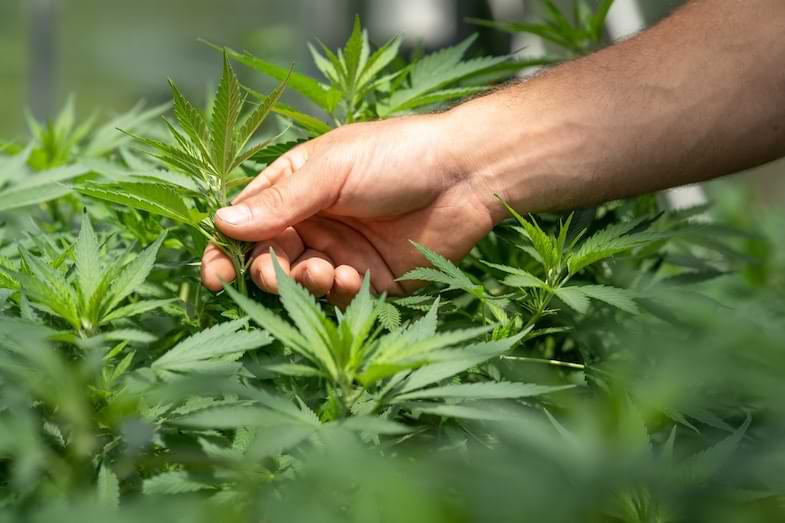

Cannabis plant care
Light is an important element in growing marijuana, which is why when choosing to grow indoors, lamps are used to create the right light conditions and ensure that the plant develops properly.
Outdoor cultivation of cannabis can certainly be a challenge as there is natural light and the plants follow a spontaneous cycle, in addition rainwater can save the cost of irrigation and sunlight saves the use of electricity, finally, production is generally more luxuriant. In spite of this, in terms of production, it is a tough challenge because the plants can be attacked by pests and excessive heat waves or sudden frosts can damage the crop.
The ideal climate must have temperatures of not less than 12°C and not more than 30°C, the plant must have at least 6-8 hours of direct light per day, and the ideal exposure is to the south. It would be preferable to protect the plants from sudden storms and sudden drops in temperature, e.g. with tarpaulins. It should also be added that those who decide to grow marijuana outdoors also have the limitation of seasonality, i.e. they have to sow in spring, depending on the area even in late spring, and then harvest in late summer, usually at the end of August, so that adequate temperatures and sufficient light can be provided.
While natural conditions can lead to lower expenditure, at the same time it is not possible to have the continuous cycle because you harvest once a year.
Of course, if you want to be sure of a good harvest it becomes essential to produce indoors, here there is total control of all conditions and therefore failure is almost impossible. As mentioned here, the conditions on display have to be created artificially and therefore it is necessary to have an air-conditioning system so that the plant always has the right temperature, irrigation has to be controlled so that there is always adequate humidity inside the greenhouse in which you are growing and, finally, it is necessary to create the right light. It becomes essential to grow marijuana indoors to have lamps.
These simulate UV rays and can be adjusted to give the plant the right amount of light according to its stage of development; artificial light also allows the plant to absorb nutrients and water and thus have an ideal development. What can be difficult about growing marijuana indoors is figuring out which lamps to apply, and it is good to say from the outset that there is no fixed rule, but precautions must be taken.
One can choose between lamps with LEC technology that have a very natural colouration thanks to UV-B light, LED lamps with a higher initial cost that can be amortised with reduced consumption. One can choose CFL lamps, also known as compact fluorescent lamps, which are mainly suitable for small cultivations. Finally, there are the HID lights that are divided into two types, namely MH lamps that produce cold light tending towards blue and suitable for the vegetative phase and HPS, high-pressure sodium, suitable instead for the flowering period.
The difficulty in the choice lies not only in the type of light to be chosen and the ratio of cost to benefit, but also in the amount of light to be administered; this must be calculated taking into account the type of light chosen, but also the size of the room in which they are placed and the growth phase.
Of course the unit of measurement for light is the Watt, more powerful light leads to faster and more luxuriant plant growth.
Read also: Read also: Can CBD oil cause headaches? 🧐
Conclusions
In conclusion, the successful cultivation of cannabis hinges on several key factors, with the type of soil being of utmost importance. Whether grown indoors or outdoors, cannabis thrives in a light and well-aerated soil, allowing the root system to efficiently absorb essential nutrients. When cultivating autoflowering marijuana, it is vital to choose a soil with controlled nutrient levels to avoid root stress.
Moreover, maintaining the right pH balance in the soil and water is crucial for optimal growth and development. Monitoring the acidity levels between 6-7 on the pH scale ensures the cannabis plants receive the ideal environment to thrive.
The choice between sowing from seeds or cuttings presents different challenges and benefits. Feminized seeds provide a higher likelihood of female plants with superior inflorescence and THC content, whereas cuttings allow for a continuous production cycle but demand expertise to achieve successful results.
For those opting for indoor cultivation, controlling light conditions becomes paramount. Different types of lamps, such as LEC, LED, CFL, and HID, offer varying benefits and considerations, and the amount of light administered should be carefully calculated based on factors like room size and growth phase.
Ultimately, the successful cultivation of legal cannabis requires a balance between environmental factors, proper care, and expertise. Whether grown for medicinal or psychotropic effects, ensuring the right soil, climate, and light conditions can lead to a rewarding and abundant harvest of high-quality cannabis. However, it is crucial to respect legal regulations and restrictions surrounding cannabis cultivation and use, promoting responsible and informed practices in this emerging field.
💡Takeaways on cannabis growth and plant care
- Choosing the right soil: For optimal results when growing cannabis, whether in the greenhouse (indoors) or outdoors (outdoors), it is essential to use a light, well-aerated soil. A mixture of 3 parts peat, 3 parts compost, 2 parts pre-moistened perlite and a finish of pre-moistened vermiculite seems to be an ideal solution. In addition, it is important to check the pH of the soil, which should be between 6 and 7.
- Choice between seeds and cuttings: Cannabis can be grown from both seeds and cuttings. Using feminised seeds ensures a 99% chance of obtaining female plants with high quality inflorescences and THC and CBD content. Growing from cuttings can speed up production, but requires experience and care for success.
- Plant care: light is crucial for cannabis growth. Outdoor cultivation offers the advantage of natural light, but can present challenges such as pest attacks and temperature fluctuations. Indoor cultivation allows complete control of conditions, but requires care in the choice and use of lamps.
- Choice of lamps: For indoor cultivation, it is essential to choose the most suitable lamps. There are several options including LECs with natural colouring, LEDs with higher energy efficiency, CFLs suitable for small cultivation and HIDs with MH for the vegetative phase and HPS for flowering. The amount of light must be calculated according to the lamp type, room size and growth phase.
- Outdoor vs. Indoor: Outdoor cultivation can be advantageous for cost and abundant production, but is limited by seasonality. Indoor cultivation offers complete control over conditions, but requires investment in equipment and care in the choice of lamps.
FAQ on cannabis growth
What are the legal varieties of marijuana currently cultivated?
The legal varieties of marijuana currently cultivated are Sativa and Indica. Sativa has a lower THC content than the Indica variety; Sativa cannabis reaches a THC level of 5%, while Indica can reach 25%. Growing the Sativa variety tends to favour the ‘medicinal’ effect, while choosing the Indica variety favours the psychotropic effect and thus psychic alteration.
What is the THC concentration limit for legal cannabis?
For cannabis to be considered legal, the THC concentration must not exceed 0.6%. Higher values indicate illegal cannabis. However, the sale is still prohibited to persons under the age of 18 because the effects of THC are serious for them anyway.
What is the ideal soil solution for growing marijuana legally?
The ideal soil solution for growing marijuana legally would be to use a combination of 3 parts peat, 3 parts compost, 2 parts pre-humidified perlite (necessary for rooting the plants) and finish with pre-humidified vermiculite which facilitates seed germination. This mixture is very important as the cannabis plant, once the seed has germinated and the seedling is born, does not need any special nutrients due to its short vegetative phase.

